Rubor Peripheral Vascular Disease
Rubor peripheral vascular disease. Blistering of skin and ulceration Frank dry gangrene Guttering of veins Burgers angle of Vascular insufficiency. Pale and cool limb Loss of hair brittle nails Weak or absent peripheral pulses. There are few disease processes as variable in location presentation and severity as those seen in the vasculopath.
- The normal limb can be raised to 90 without loss of colour but an ischaemic limb will blanch on raising the limb above horizontal. Where there is peripheral artery disease the leg will revert to the pink colour more slowly than normal and also pass through the normal pinkness to a red-range colouring rubor -. Peripheral arterial disease PAD is a common condition where a build-up of fatty deposits in the arteries restricts blood supply to leg muscles.
While PAD usually affects the arteries in the legs atherosclerosis affects all the arteries in your body and can affect the arteries that carry blood from your heart to your head arms kidneys and stomach. Peripheral Vascular Disease Arterial Insufficiency Venous Insufficiency 4. Peripheral Vascular Disease PVD is a general term used to describe any disorder that interferes with arterial or venous blood flow to extremities.
There are many etiologies to be considered simultaneously. What characterizes all peripheral vascular disorders. For many people the first signs of PVD begin slowly and irregularly.
-Reduced blood flow through peripheral blood vessels characterize all peripheral vascular disease. Symptoms of peripheral arterial disease Many people with PAD have no symptoms. In patients with severe peripheral artery disease that required lower-extremity revascularization another study demonstrated that postoperative therapy with rivaroxaban 25 mg orally twice a day plus aspirin significantly lowered the incidence of the composite outcome of acute limb ischemia major amputation for vascular causes myocardial infarction ischemic stroke or death from cardiovascular causes.
PVD docx - PerfusionPeripheral Vascular Disease Key terms Arteriosclerosis Atherosclerosis Bruit Intermittent Claudication Ischemia Rubor Stenosis PVD docx - PerfusionPeripheral Vascular Disease. Redness of the skin as from inflammation. Peripheral Vascular Disease - PATH 222 Peripheral Vascular.
Its also known as peripheral vascular disease PVD. 1 in 3 Diabetics over age 50.
While PAD usually affects the arteries in the legs atherosclerosis affects all the arteries in your body and can affect the arteries that carry blood from your heart to your head arms kidneys and stomach.
Peripheral Vascular Disease Arterial Insufficiency Venous Insufficiency 4. Where there is peripheral artery disease the leg will revert to the pink colour more slowly than normal and also pass through the normal pinkness to a red-range colouring rubor -. Dependent rubor and elevation pallor may be present in advanced disease and result from impaired autoregulation in the dermal arterioles and capillaries10 Figure 1. For many people the first signs of PVD begin slowly and irregularly. Redness of the skin as from inflammation. Its also known as peripheral vascular disease PVD. Peripheral Vascular Disease PVD Includes disorders that alter natural flow of blood through the arteries veins outside the brain heart- peripheral circulation. The legs normally develop redness rubor when the legs hang down. In patients with severe peripheral artery disease that required lower-extremity revascularization another study demonstrated that postoperative therapy with rivaroxaban 25 mg orally twice a day plus aspirin significantly lowered the incidence of the composite outcome of acute limb ischemia major amputation for vascular causes myocardial infarction ischemic stroke or death from cardiovascular causes.
1 in 3 Diabetics over age 50. In patients with severe peripheral artery disease that required lower-extremity revascularization another study demonstrated that postoperative therapy with rivaroxaban 25 mg orally twice a day plus aspirin significantly lowered the incidence of the composite outcome of acute limb ischemia major amputation for vascular causes myocardial infarction ischemic stroke or death from. What characterizes all peripheral vascular disorders. Peripheral Vascular Disorders Patho. - The normal limb can be raised to 90 without loss of colour but an ischaemic limb will blanch on raising the limb above horizontal. Its also known as peripheral vascular disease PVD. You may feel discomfort like fatigue and cramping in your legs and feet however there are several other symptoms associated with PVD including changes to the skin.
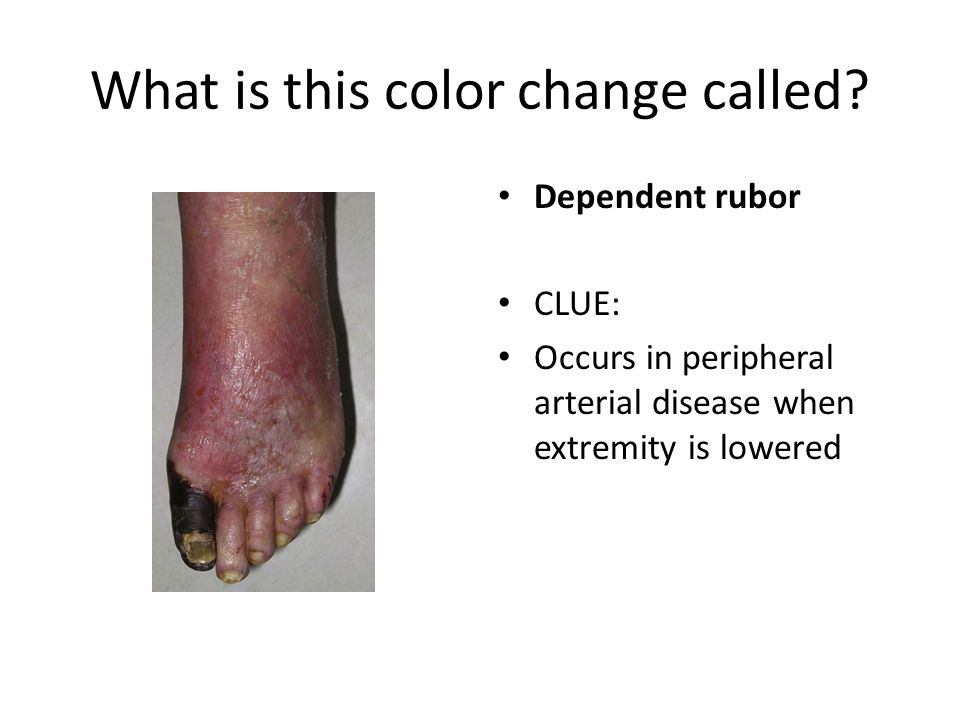


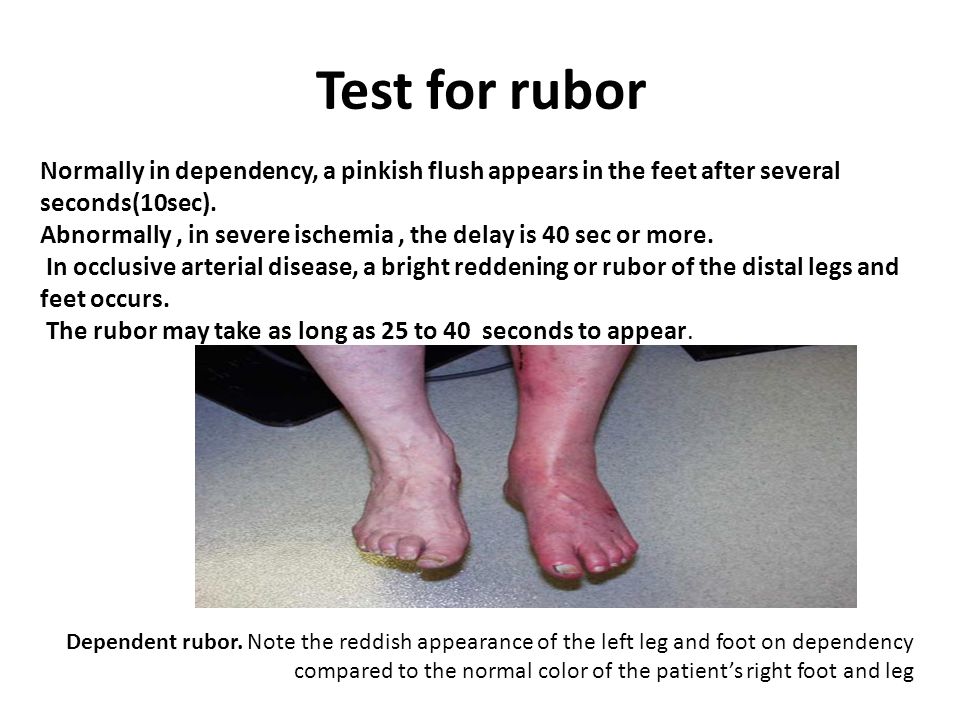



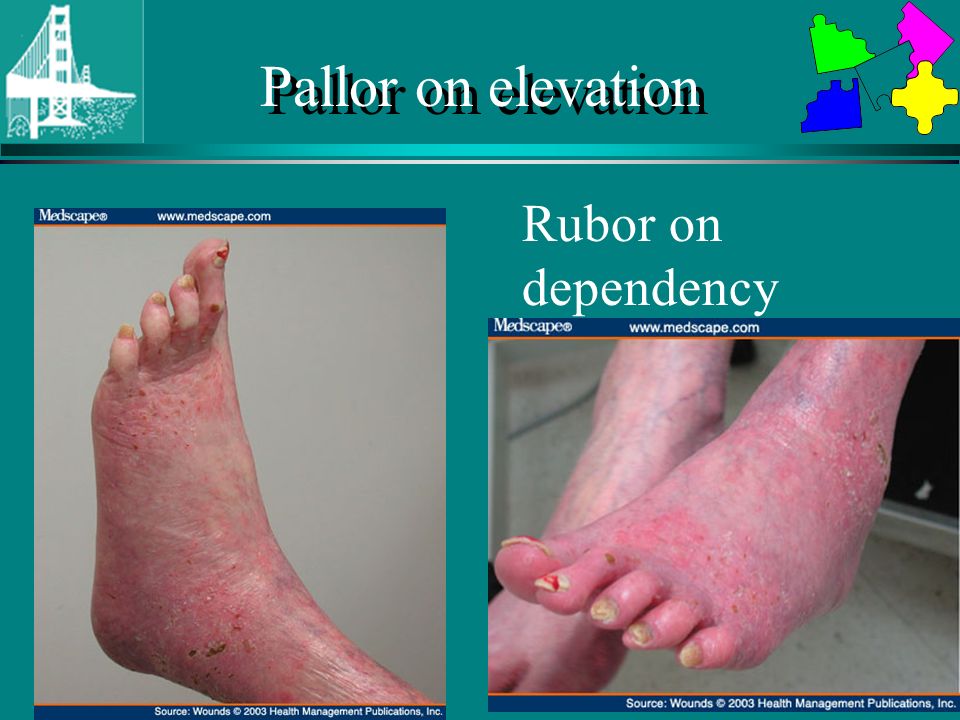
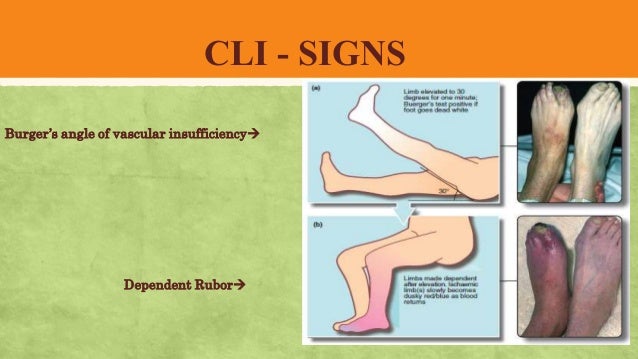




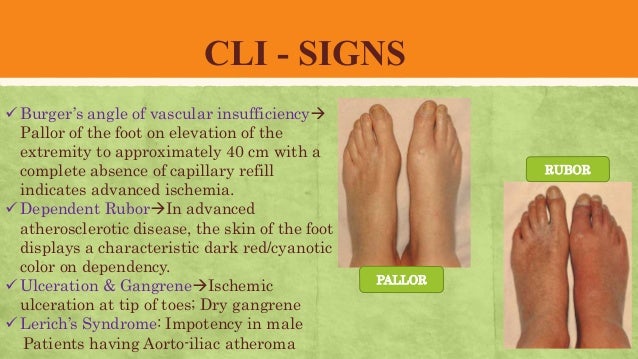




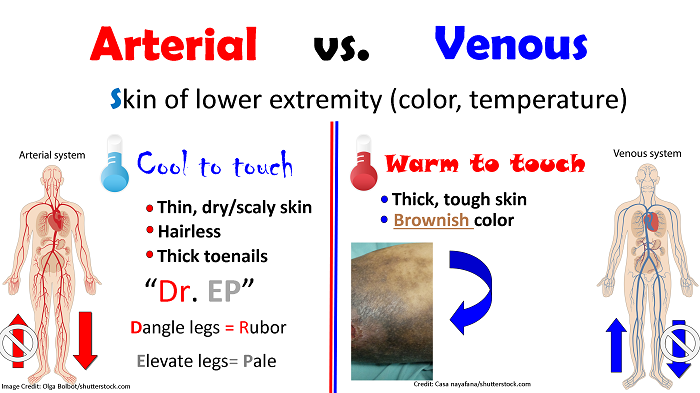
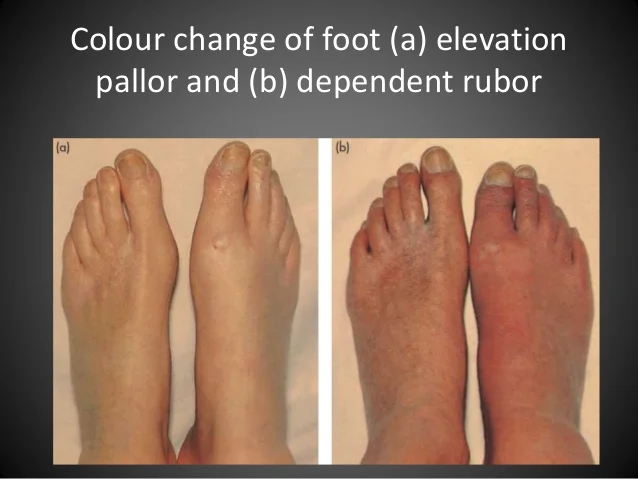


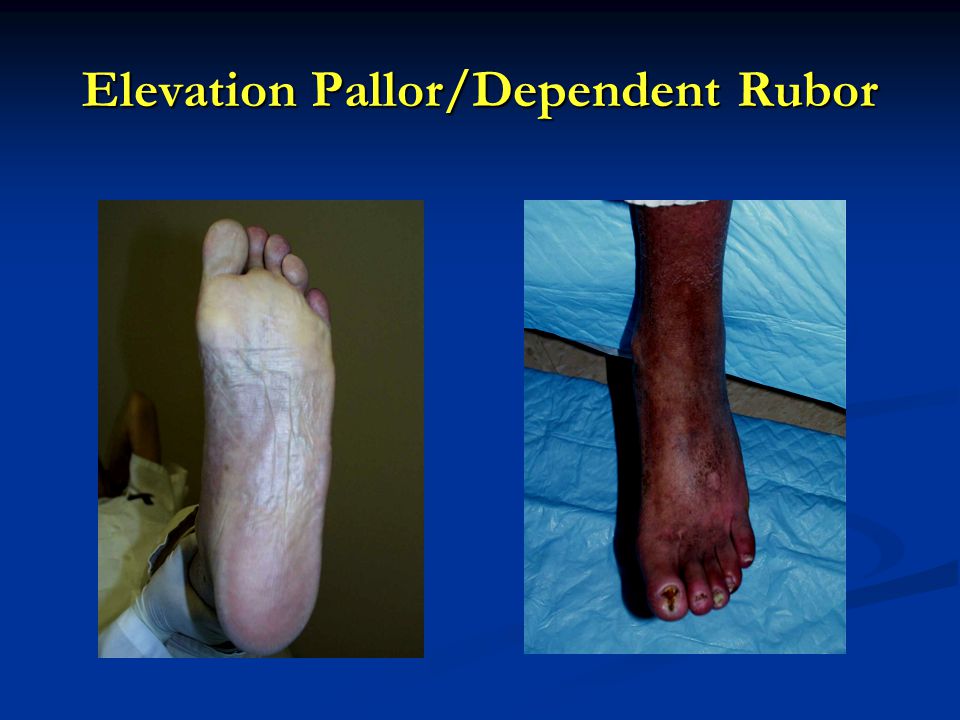








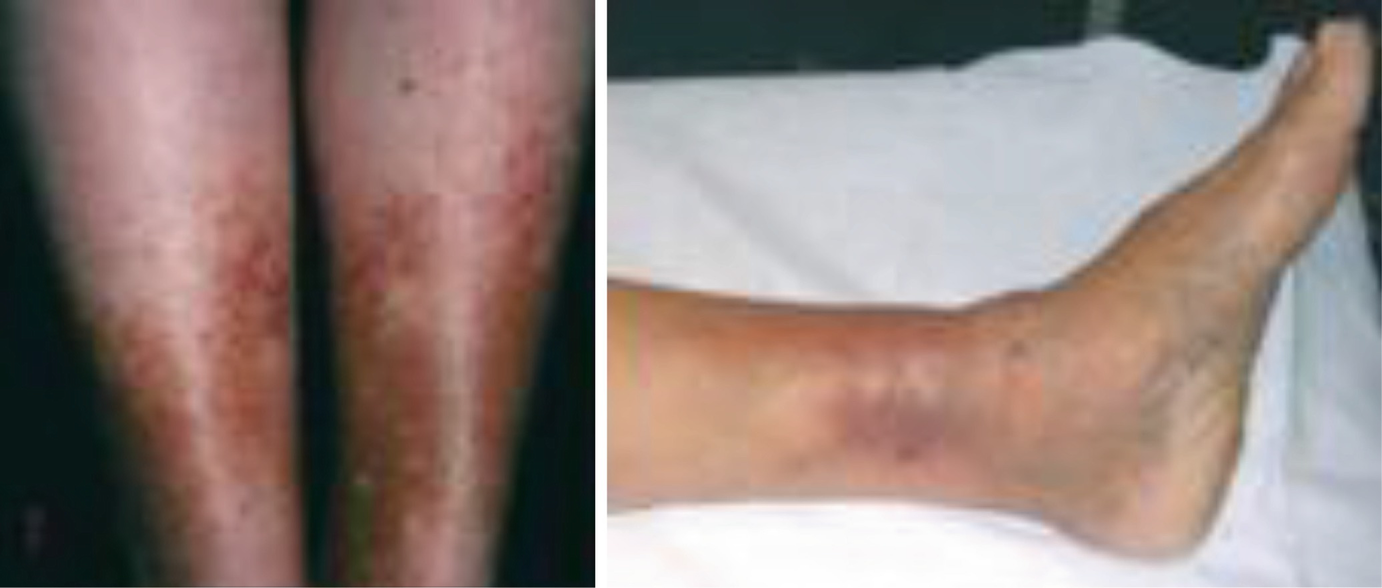



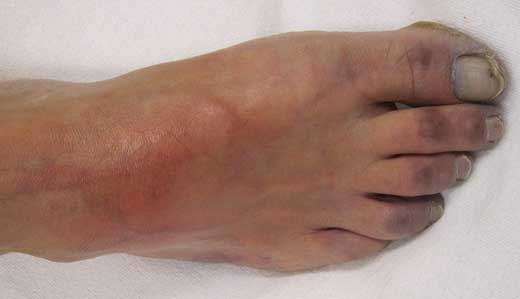







Post a Comment for "Rubor Peripheral Vascular Disease"